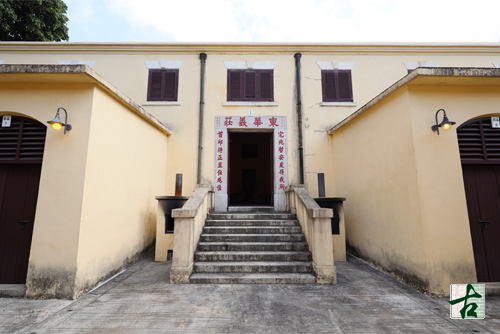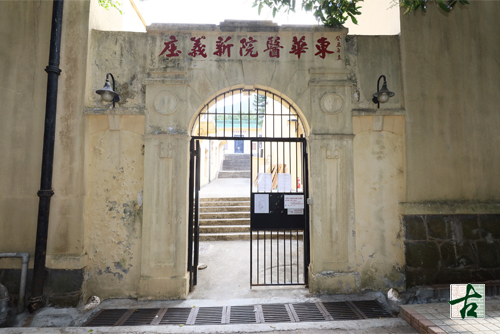Tung Wah Coffin Home
Situated on Sandy Bay Road, Tung Wah Coffin Home was established in 1899. It is believed that the predecessor of Tung Wah Coffin Home was a coffin home near the slaughter house in Kennedy Town, which was established in 1875 with funds from the Man Mo Temple in Sheung Wan. Its management was later handed over to Tung Wah Hospital. In 1899, Tung Wah Coffin Home was officially named when a plot of land in Sandy Bay was granted by the Government for rebuilding the coffin home.
Taking advantage of Hong Kong’s entrepot status, its geographic location at the doorway to mainland China, and the close connections of Tung Wah Hospital’s board members with overseas organisations and global business network, the coffin home was able to provide a repatriation service for those deceased abroad by providing a temporary depository at the coffin home, from where the deceased could then be returned to their birth place for burial. This service eventually allow the coffin home became the centre of a global charity hub during the last century.
Tung Wah Coffin Home now consists two halls, 72 rooms, gateways, pavilion and gardens built in different periods. Its buildings reflect a variety of architectural styles, ranging from traditional Chinese vernacular architecture to modern Western-style elements, and others that are a hybrid of both. Tung Wah Coffin Home underwent a large scale restoration project between 2003 and 2004, with a view to restore the coffin home’s elements to their original architectural styles. The restoration project won the Award of Merit in the 2005 UNESCO Asia-Pacific Heritage Awards and the Award of Honor in the Heritage Preservation and Conservation Awards offered by the Antiquities and Monuments Office in the same year.
Tung Wah Coffin Home was declared a monument in 2020.








